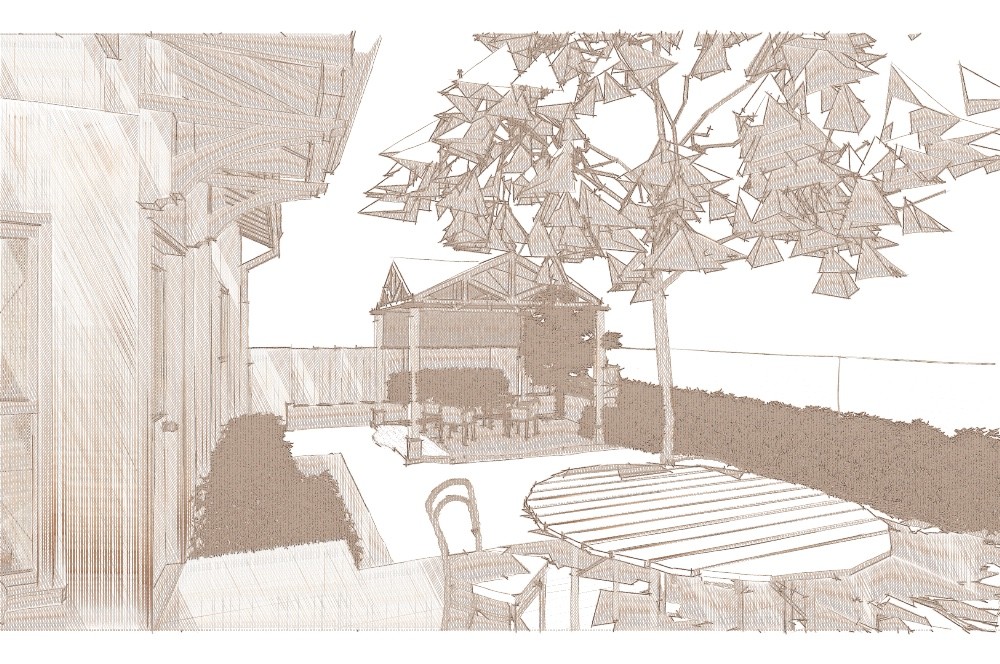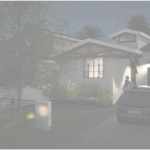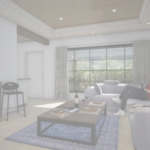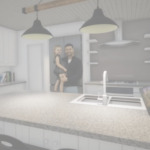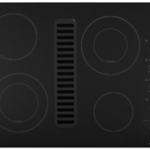Blog
Construction
Articles about construction.
Phases of an Architectural Project
There are five typical phases of an architectural project. In simple projects, the phases are abbreviated or overlap, the distinction between phases less obvious.
0 Comment
September 1, 2021
How Much Will It Cost?
"How much will it cost?" is one of the first questions we usually hear. Cost depends on many factors from the price of lumber, to how busy a contractor is.
August 30, 2021
BIM: Building Information Modeling
In simple terms, and as it pertains to dbaArchitects, BIM is the virtual three-dimensional representation of a building. The building is modeled through all phases of design and documentation.
August 6, 2021
Architecture and Construction: Pribyl’s First Law
The reality of construction, you can get two out of the following three, never all three: Inexpensive, Fast, Good
July 26, 2021
Topics
Categories
- Architecture (13)
- Construction (4)
- Music (1)
Latest Posts
Underground Story in Altadena is Not a Basement?
November 3, 2022Project Spotlight: Malibu Beach Inn
September 28, 2022It’s Going to Cost How Much More???
July 18, 2022Why do Architects Like Black?
September 13, 2021
Newsletter



